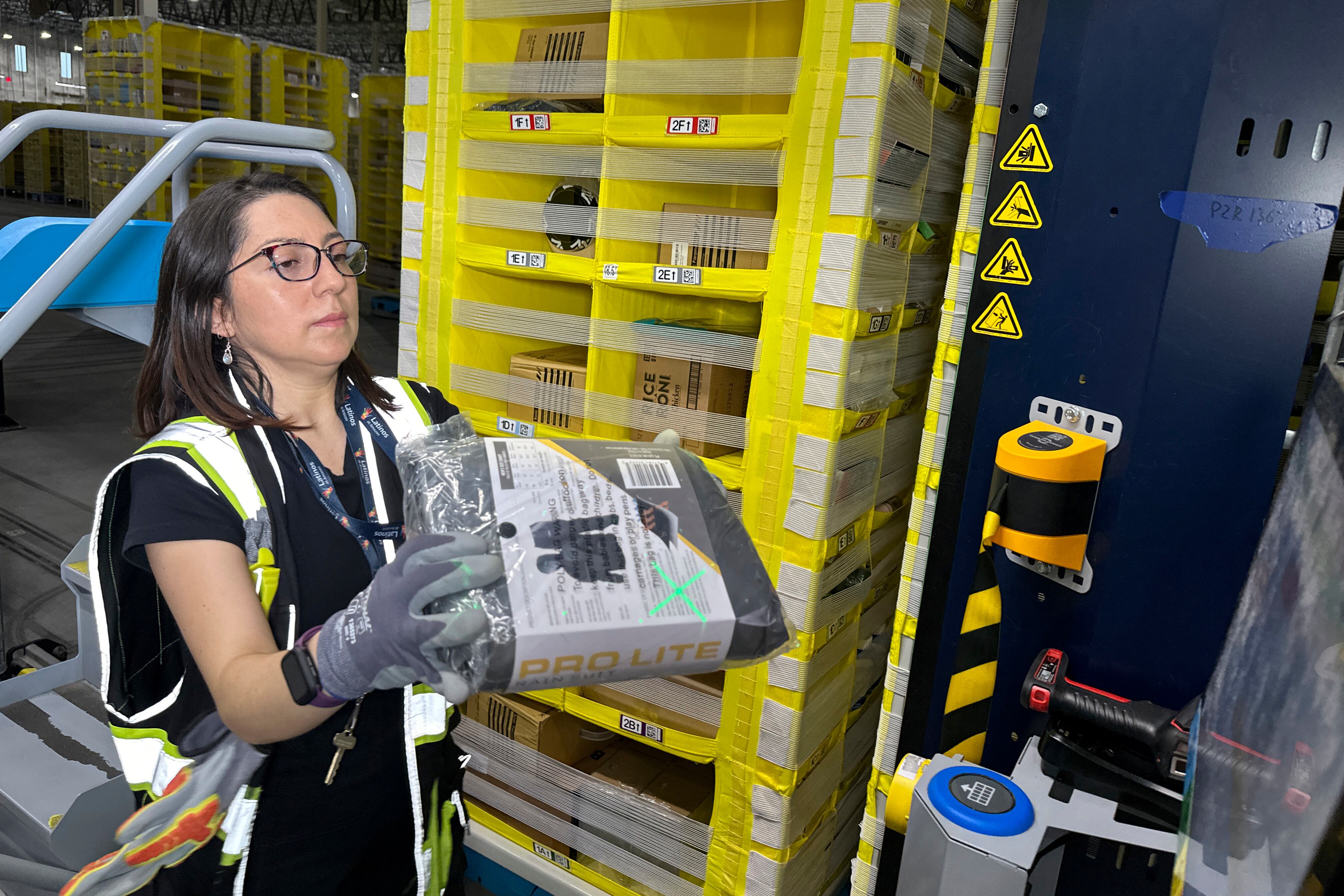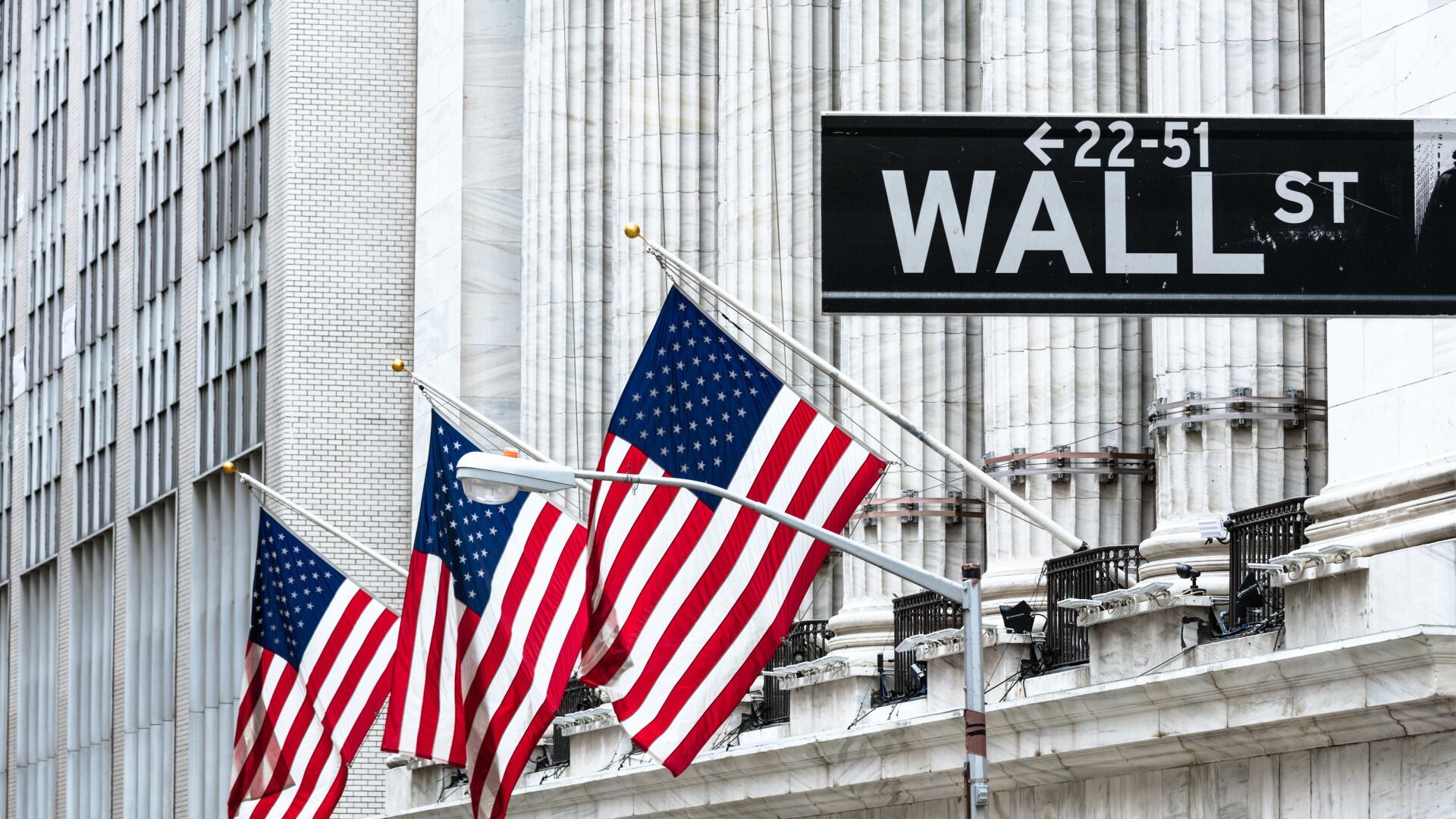The nation’s employers added a robust 216,000 jobs last month, the latest sign that the American job market remains resilient even in the face of sharply higher interest rates.
Friday’s report from the Labor Department showed that December’s job gain exceeded the 173,000 that were added in November. The unemployment rate was unchanged at 3.7% — the 23rd straight month that joblessness has remained below 4%.
The latest data reflect an economy and a job market that are decelerating back to pre-pandemic norms. Hiring remains steady, and while employers are posting fewer openings, they are not laying off many workers.
Despite the low unemployment and cooling inflation, polls show that many Americans are dissatisfied with the economy. That disconnect, which will likely be an issue in the 2024 elections, has puzzled economists and political analysts.
A key factor, though, is the public’s exasperation with higher prices. Though inflation has been falling more or less steadily for a year and a half, prices are still 17% higher than they were before the inflation surge began.
Fed Chair Jerome Powell warned of hard times ahead after the central bank began jacking up interest rates in the spring of 2022 to attack high inflation. Most economists predicted that the much higher borrowing costs that resulted would cause a recession, with layoffs and rising unemployment, in 2023.
Yet the recession never arrived, and none appears to be on the horizon. The nation’s labor market, though cooler than in the sizzling-hot years of 2022 and 2023, is still cranking out enough jobs to keep the unemployment rate near historic lows.
The resilience of the job market has been matched by the durability of the overall economy. Far from collapsing into a recession, the U.S. gross domestic product — the total output of goods and services — grew at a vigorous 4.9% annual pace from July through September. Strong consumer spending and business investment drove much of the expansion.
At the same time, average hourly pay has outpaced inflation over the past year, leaving Americans with more money to spend. Indeed, as they did for much of 2023, consumers, a huge engine for U.S. economic growth, hit the stores in November, shopped online, went out to restaurants or traveled.
Since March 2022, the Fed has raised its benchmark interest rate 11 times, lifting it to a 22-year high of about 5.4%. Those higher rates have made borrowing costlier for companies and households, but they are on their way toward achieving their goal: Conquering inflation.
Consumer prices were up 3.1% in November from a year earlier, down drastically from a four-decade high 9.1% in June 2022. The Fed is so satisfied with the progress so far that it hasn’t raised rates since July and has signaled that it expects to make three rate cuts this year.
Beyond a hard hit to the housing market, higher rates haven’t exerted much damage across the broader economy. Many industry sectors, including healthcare and government, have proved relatively resistant to higher interest rates.
The labor market’s cool-down has been nowhere near enough to signal that a recession is on the way. Normally, slowing job growth might be a cause for concern. But under the current circumstances, with inflation still above the Fed’s 2% annual target, a more moderate pace of hiring is seen as just what the economy needs.
Lower demand for workers tends to ease the pressure on employers to raise pay to keep or attract workers and to pass on their higher labor costs to customers by raising prices.













